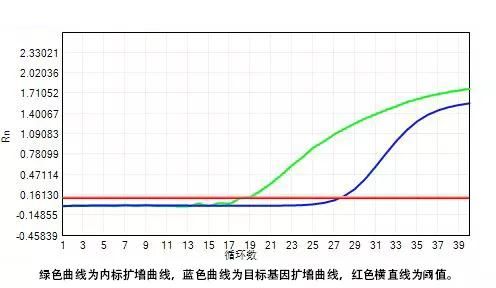Nucleic acid detection principle of a new coronavirus
All organisms contain nucleic acids other than prions. Nucleic acids include deoxyribonucleic acid (DNA) and ribonucleic acid (RNA). The new coronavirus is a virus that contains only RNA. Specific RNA sequences in the virus distinguish the virus from other pathogens Landmarks. After the emergence of the new coronavirus, Chinese scientists completed the analysis of the whole genome sequence of the new coronavirus in a very short time, and compared the genome sequences of other species with the specific nucleic acid sequences in the new coronavirus. During clinical laboratory testing, if the specific nucleic acid sequence of a novel coronavirus can be detected in a patient sample, it should be indicated that the patient may be infected with the novel coronavirus.
The most common method for detecting novel coronavirus-specific sequences is real-time PCR (polymerase chain reaction). Because the PCR reaction template is only DNA, the new coronavirus nucleic acid (RNA) should be reverse transcribed into DNA before the PCR reaction. In the PCR reaction system, a pair of specific primers and a Taqman probe are included. The probe is a specific oligonucleotide sequence, and both ends are labeled with a reporter fluorescent group and a quenching fluorescent group. When the probe is complete, the fluorescent signal emitted by the reporter group is absorbed by the quenching group; if a target sequence exists in the reaction system, the probe is bound to the template during the PCR reaction, and the DNA polymerase uses the enzyme's exonuclease activity along the template to Enzymatic digestion degrades, the reporter group is separated from the quenching group, and emits fluorescence. For each DNA strand amplified, a fluorescent molecule is produced. The quantitative PCR instrument can monitor that the number of cycles (Ct value) at which the fluorescence reaches a preset threshold is related to the viral nucleic acid concentration. The higher the viral nucleic acid concentration, the smaller the Ct value. The products of different manufacturers will determine the positive judgment value of this product according to the performance of their own products.

In recent years, Hecho company has supplied high performance Fiber Optic Cable and Fiber Optic Bundles to more and more nucleic acid detection manufacturers. The customized optical fiber completely meets the requirements of customers and has won unanimous praise from the market.